\"Our Mutual Friend\" is the last completed novel by Charles Dickens, written between 1864 and 1865. It is considered one of his most sophisticated works, combining savage satire with social analysis. The novel revolves around the themes of money, social class, and the corrupting power of wealth. The plot is centered on the inheritance of a dust-heap, where the rich dispose of their trash, and the unexpected changes in fortunes that occur after the presumed death of John Harmon, the dust-heap\'s expected heir.
The story delves into the complexities of Victorian society, portraying a dark and macabre London inhabited by a diverse cast of characters, including the kindly dustman Mr. Boffin, the scavenger Gaffer Hexam, the mercenary Bella Wilfer, the social-climbing Veneerings, and the unscrupulous street-trader Silas Wegg. Through these characters, Dickens explores the pretensions of the nouveaux riches, the ingenuousness of the aspiring poor, and the unfailing power of wealth to corrupt those who seek it.
In the 20th century, reviewers began to appreciate the later novels of Dickens, including \"Our Mutual Friend,\" recognizing the novel\'s structural experimentation and its enduring relevance. The novel\'s rich symbolism, particularly in its portrayal of death and renewal in a city dominated by the fetid Thames, adds depth to its exploration of the corrupting influence of money.
\"Our Mutual Friend\" is a complex and satisfying work, showcasing Dickens\'s mastery in weaving together intricate subplots and multifaceted characters. It stands as a testament to Dickens\'s ability to provide incisive social commentary while crafting compelling narratives.






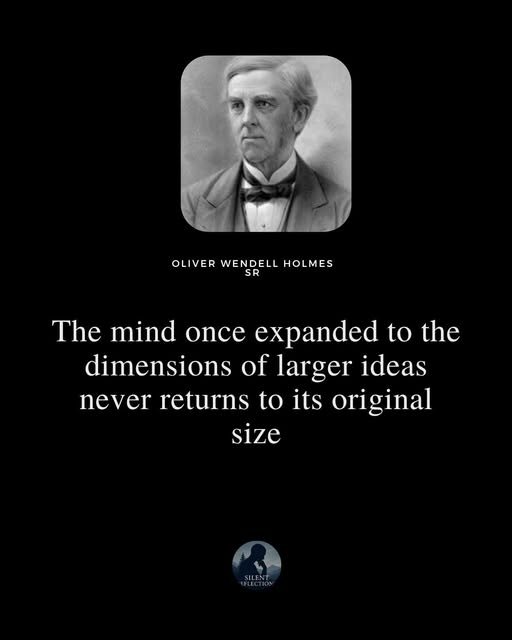


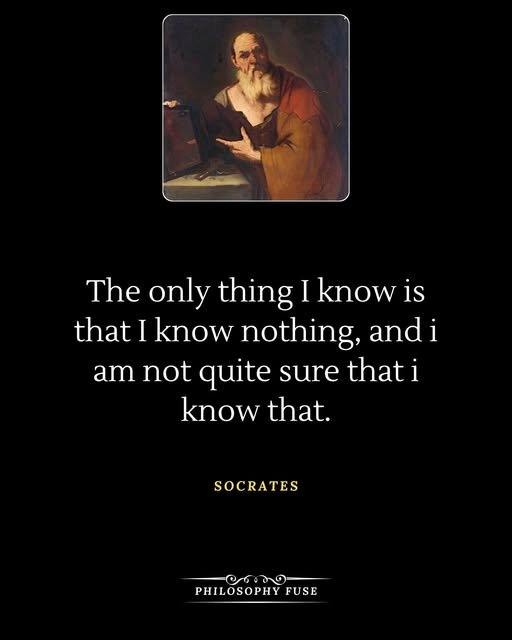




















.jpeg)

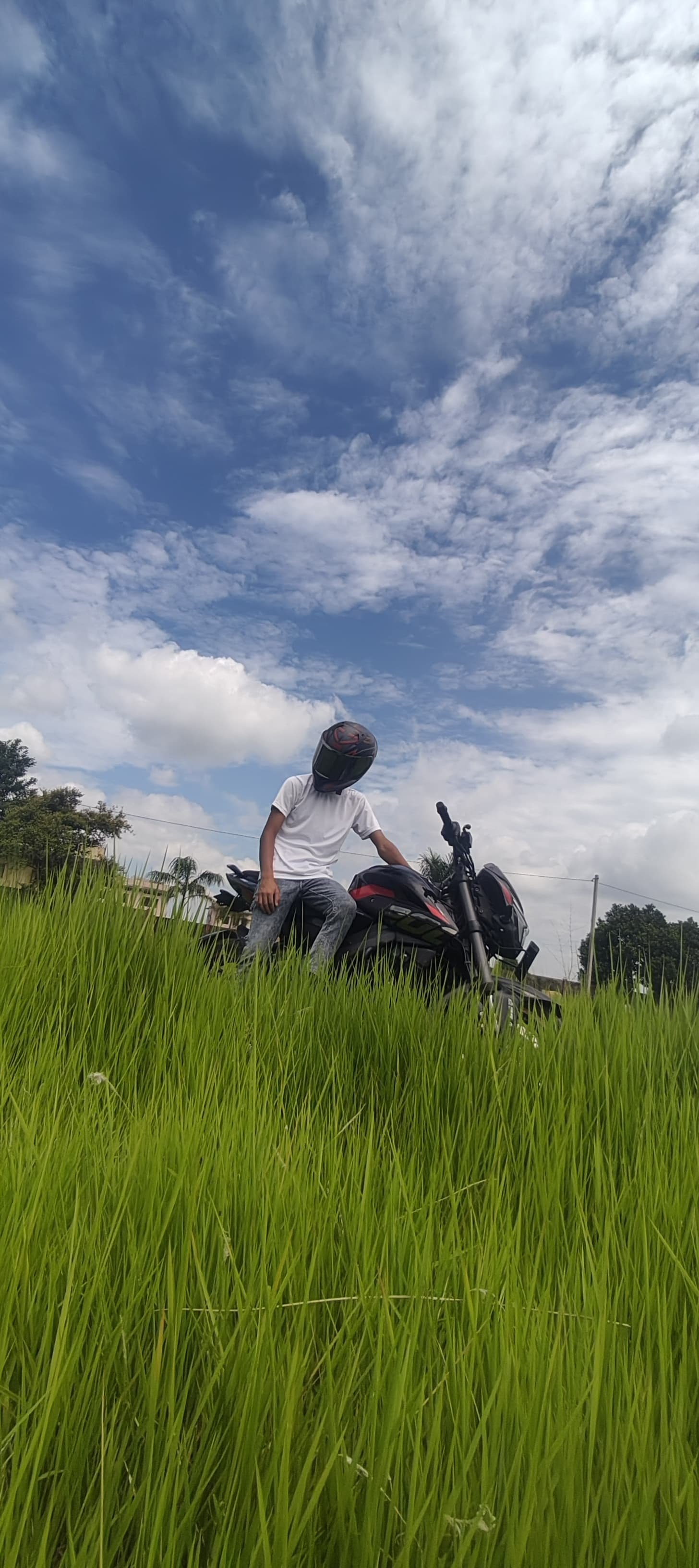




.jpeg)
.png)


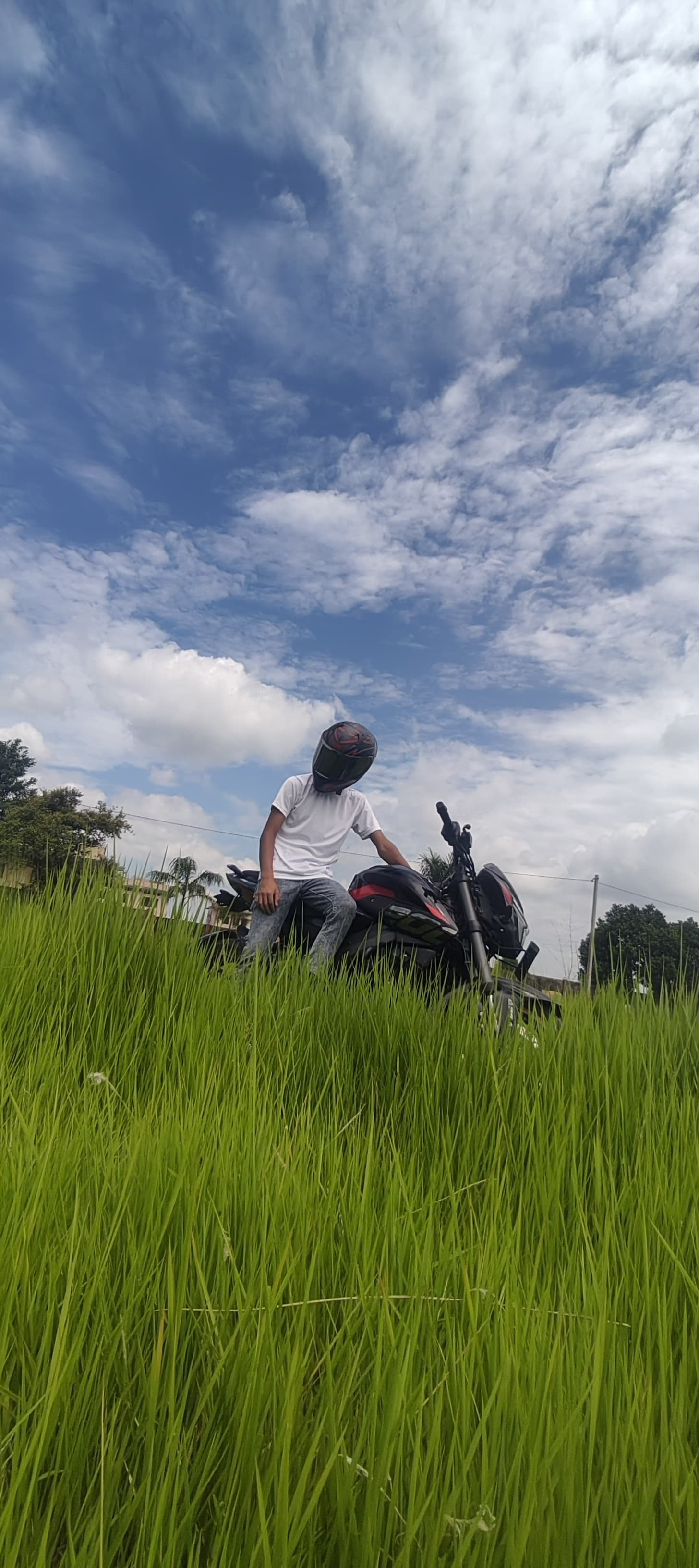
.jpg)
.jpg)
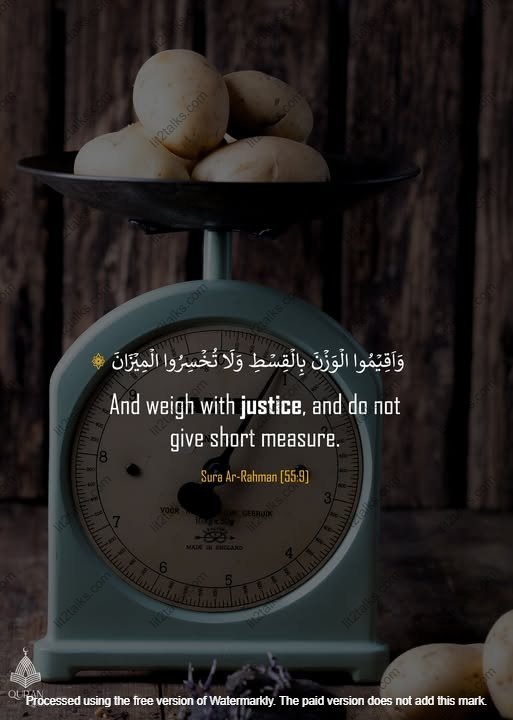





.jpg)
.jpeg)










.jpg)







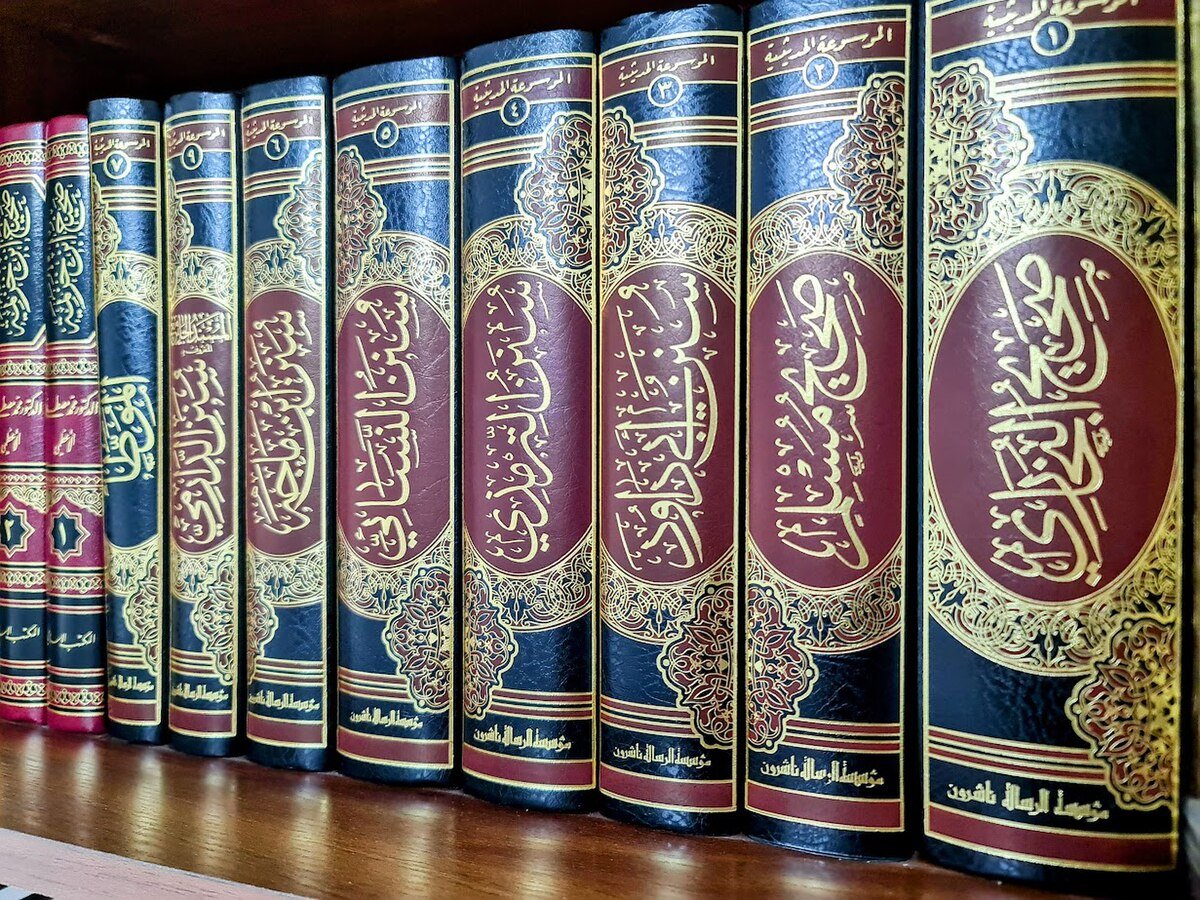
.jpeg)

.jpg)




.jpeg)

.jpg)









.jpg)
.jpg)

